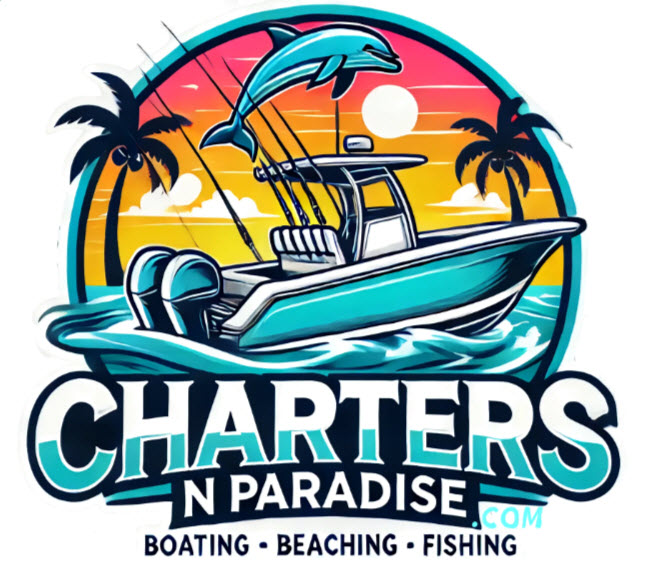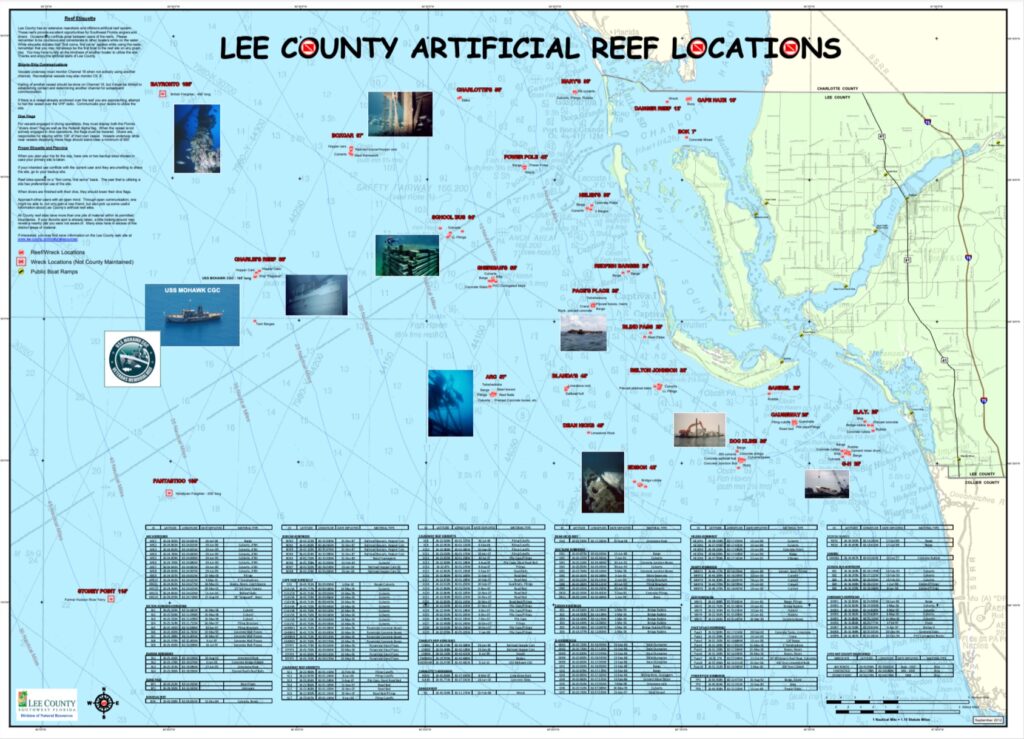Fish of the Gulf of Mexico
List of Common Saltwater Fish
(limits are not updated please see local regulations)-
Red Snapper

Description: Red snapper is a popular fish known for its reddish-pink color and delicious flavor.
Size Limit (Florida FWC Regulation): Minimum size limit is typically around 16 inches total length.
Edibility: Red snapper is highly sought after for its tasty white flesh and is commonly used in various seafood dishes.
-
King Mackerel
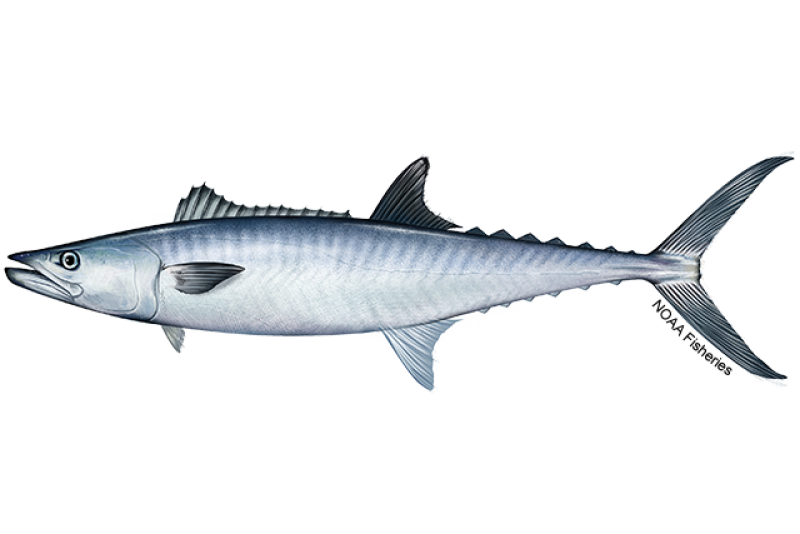
Description: King mackerel is a fast-swimming fish with a distinctive metallic blue-green color and pronounced teeth.
Size Limit (Florida FWC Regulation): Minimum size limit is typically around 24 inches fork length (Check current regulations).
Edibility: King mackerel is known for its firm, flavorful flesh and is commonly grilled, smoked, or used in sushi.
-
Grouper
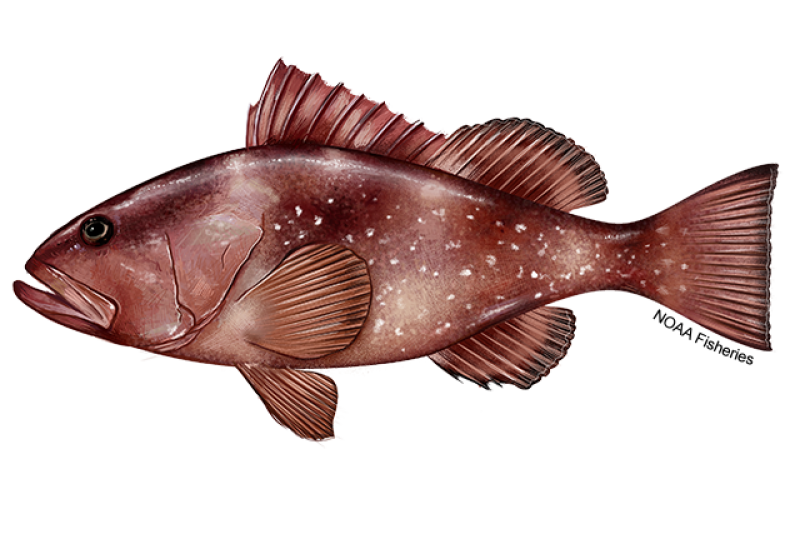
Description: Groupers are a diverse group of fish with various species found in the Gulf, known for their large mouths and robust bodies.
Size Limit (Florida FWC Regulation): Regulations on grouper size and bag limits can vary depending on the specific species and location (Check current regulations).
Edibility: Grouper is prized for its mild, white flesh and is often used in a wide range of seafood dishes.
-
Spanish Mackerel
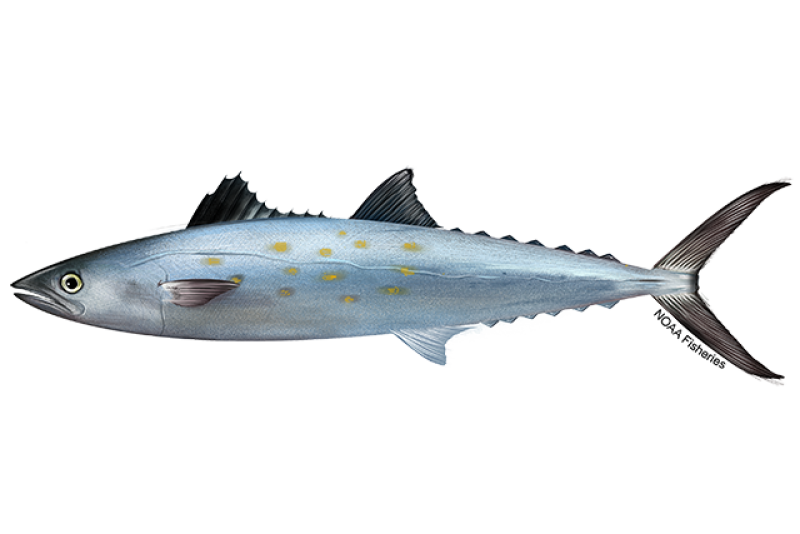
Description: Spanish mackerel is a smaller species known for its blue-green back and silver sides.
Size Limit (Florida FWC Regulation): Minimum size limit is typically around 12 inches fork length (Check current regulations).
Edibility: Spanish mackerel is known for its rich, flavorful meat and is often grilled or broiled.
-
Cobia
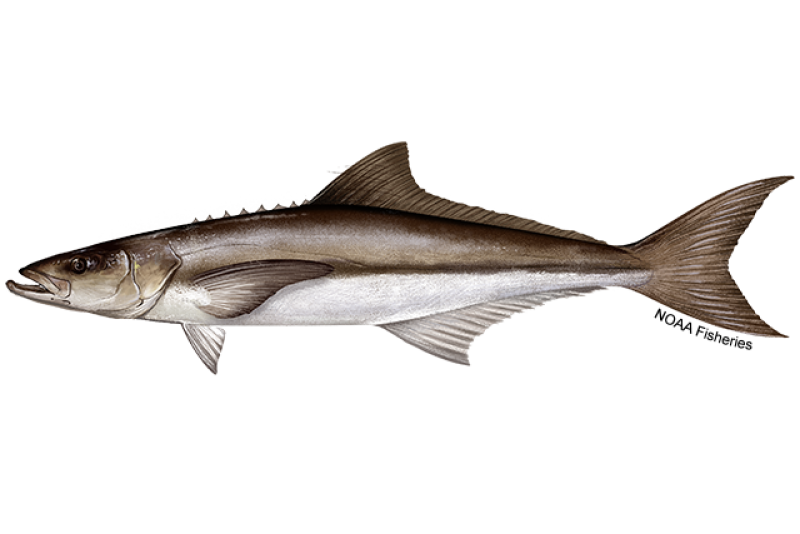
Description: Cobia, also known as "lemonfish" or "ling," have dark bodies with a white belly and a distinct flat head.
Size Limit (Florida FWC Regulation): Minimum size limit is typically around 33 inches fork length (Check current regulations).
Edibility: Cobia is highly regarded for its firm, white flesh, and is often grilled, baked, or used in ceviche.
-
Black Drum

Description: Black drum are dark-colored fish with distinctive chin barbels and large scales.
Size Limit (Florida FWC Regulation): Regulations on black drum size and bag limits can vary by location.
Edibility: Black drum have mild, white flesh and are often fried, grilled, or used in chowders.
-
Speckled Trout

Description: Speckled trout are known for their dark spots and can vary in coloration.
Size Limit (Florida FWC Regulation): Minimum size limit is typically around 15 inches total length (Check current regulations).
Edibility: Speckled trout have tender, white flesh and are often pan-fried, grilled, or used in seafood recipes.
-
Flounder

Description: Flounder have a distinctive flat body and both eyes on one side of their head.
Size Limit (Florida FWC Regulation): Minimum size limit is typically around 12 inches total length (Check current regulations).
Edibility: Flounder have delicate, white meat and are commonly stuffed, baked, or pan-fried.
-
Tarpon

Description: Tarpon are large, silver fish known for their acrobatic jumps when hooked.
Size Limit (Florida FWC Regulation): Tarpon are often catch-and-release, but regulations can vary by location.
Edibility: Tarpon are not typically consumed due to their bony flesh but are prized as a sport fish.
-
Redfish (Red Drum)

Description: Redfish, also known as "red drum," have a distinctive spot on their tail and are bronze or reddish in color.
Size Limit (Florida FWC Regulation): Regulations on redfish size and bag limits can vary by location.
Edibility: Redfish have firm, mild-tasting flesh and are often blackened, grilled, or used in tacos.
-
Snook

Description: Snook are slender fish with a prominent black lateral line and a distinctive underbite.
Size Limit (Florida FWC Regulation): Check local regulations for size and bag limits, as they can vary.
Edibility: Snook are known for their mild, sweet flesh and are commonly grilled, baked, or fried.
-
Amberjack
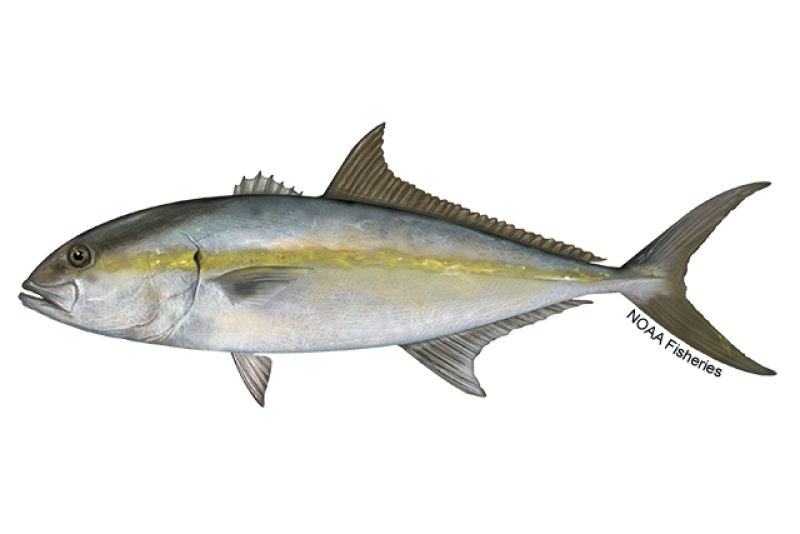
Description: Amberjack are powerful swimmers with an amber-yellow color and strong jaws.
Size Limit (Florida FWC Regulation): Regulations on amberjack size and bag limits vary by location.
Edibility: Amberjack have white, flavorful flesh and are often grilled, broiled, or used in sushi.
-
Sheepshead

Description: Sheepshead have distinctive teeth and vertical black bars on their body.
Size Limit (Florida FWC Regulation): Regulations on sheepshead size and bag limits can vary by location.
Edibility: Sheepshead have firm, sweet meat and are often pan-fried, grilled, or used in seafood recipes.
-
Mahi-Mahi (Dolphin Fish)
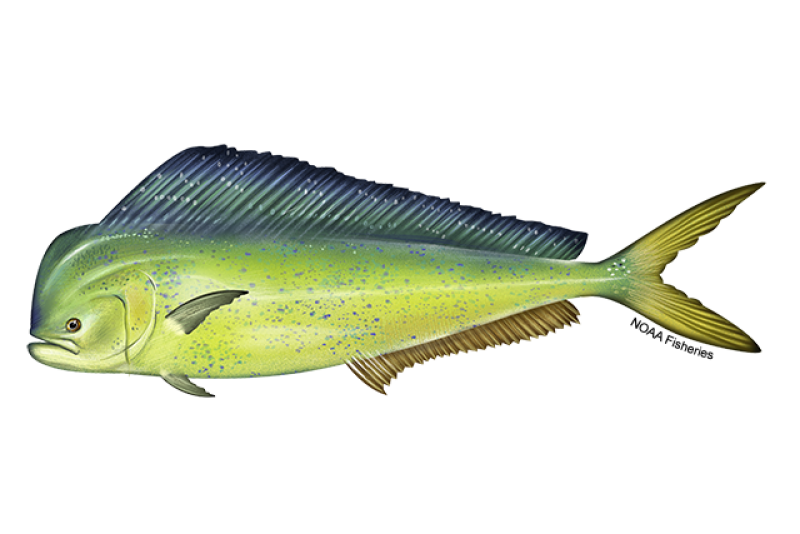
Description: Mahi-mahi are colorful fish with vibrant blue, green, and yellow hues.
Size Limit (Florida FWC Regulation): Regulations on mahi-mahi size and bag limits can vary by location.
Edibility: Mahi-mahi is known for its sweet, white meat and is often grilled, blackened, or used in tacos.
-
Little Tunny (bonita) (Various species, including Yellowfin and Blackfin)

Description: Tuna are powerful swimmers with streamlined bodies and dark blue coloration.
Size Limit (Florida FWC Regulation): Regulations on tuna size and bag limits vary by species and location.
Edibility: Tuna is highly prized for its firm, flavorful flesh and is commonly used in sushi, sashimi, and steaks.
-
Sailfish

Description: Sailfish are known for their long, pointed bills and sail-like dorsal fins.
Size Limit (Florida FWC Regulation): Sailfish are often catch-and-release, but regulations can vary by location.
Edibility: Sailfish are not commonly consumed due to their sportfish status, but they are prized for their fighting ability.
-
Blue Marlin

Description: Blue marlin are large billfish with a distinctive blue-black color and a long, pointed bill.
Size Limit (Florida FWC Regulation): Blue marlin are often catch-and-release, but regulations can vary by location.
Edibility: Blue marlin is not commonly consumed due to its strong flavor and texture, but it is prized as a sport fish.
-
Barracuda

Description: Barracuda are predatory fish with long, slender bodies and sharp teeth.
Size Limit (Florida FWC Regulation): Regulations on barracuda size and bag limits can vary by location.
Edibility: Barracuda meat is known for its potential risk of ciguatera poisoning and is often avoided as food.
-
Pompano

Description: Pompano are silvery fish known for their forked tail and prominent scales.
Size Limit (Florida FWC Regulation): Regulations on pompano size and bag limits can vary by location.
Edibility: Pompano is prized for its sweet, flavorful meat and is often pan-fried, grilled, or used in seafood dishes.
-
Triggerfish

Description: Triggerfish have unique features, including a trigger-like dorsal fin and a small mouth.
Size Limit (Florida FWC Regulation): Regulations on triggerfish size and bag limits can vary by location.
Edibility: Triggerfish have firm, mild-tasting flesh and are often grilled, fried, or used in seafood recipes.
-
Hogfish

Description: Hogfish are colorful fish with a pig-like snout and distinctive body markings.
Size Limit (Florida FWC Regulation): Regulations on hogfish size and bag limits can vary by location.
Edibility: Hogfish is known for its sweet, flaky meat and is often pan-seared, grilled, or used in ceviche.
-
Jack Crevalle

Description: Jack crevalle are powerful swimmers with a distinct black spot on their gill cover.
Size Limit (Florida FWC Regulation): Regulations on jack crevalle size and bag limits can vary by location.
Edibility: Jack crevalle are typically not consumed due to their strong flavor and dark meat, but they are caught for sport.
-
Lane Snapper

Description: Lane snapper are small, reddish fish with a distinctive yellow stripe running along their body.
Size Limit (Florida FWC Regulation): Regulations on lane snapper size and bag limits can vary by location.
Edibility: Lane snapper have sweet, mild-tasting meat and are often pan-fried, grilled, or used in seafood recipes.
-
Vermilion Snapper

Description: Vermilion snapper are small, reddish fish known for their excellent table fare.
Size Limit (Florida FWC Regulation): Regulations on vermilion snapper size and bag limits can vary by location.
Edibility: Vermilion snapper have sweet, delicate flesh and are often pan-fried, grilled, or used in seafood dishes.
